Tuong (soy sauce) is a salty paste made from fermented soybeans. It is a popular dipping sauce for vegetables, 'goi cuon' (Vietnamese-style rolls made of pork, prawn, vegetables, rice vermicelli, and other ingredients wrapped in rice paper) and boiled meat. It is also used as a condiment in cooking at home and in restaurants.
The traditional craft of making soy sauce dates back to the 12th and 13th centuries. Ban soy sauce in Hung Yen Province was ranked first in the list of top 10 delicious soy sauces and condiments in Viet Nam 2016 by the Viet Nam Records Organization (Vietkings).
The main ingredients of this delicacy are glutinous rice, soybeans, and sea salt. This paste has become popular among local residents and visitors because of its secret recipe with sources of clean water from 8 ancient wells of 6 hamlets, especially the ancient well of Danh Hamlet.
Today, due to the changes in living environment, Ban soy sauce makers use groundwater to replace ancient wells, but Tuong Ban brand name still has won trust of customers in both domestic and foreign markets.
Let’s gain insight into the Ban soy sauce making craft village in Hung Yen Province through amazing photos, captured by our freelance photographer Huu Thanh.
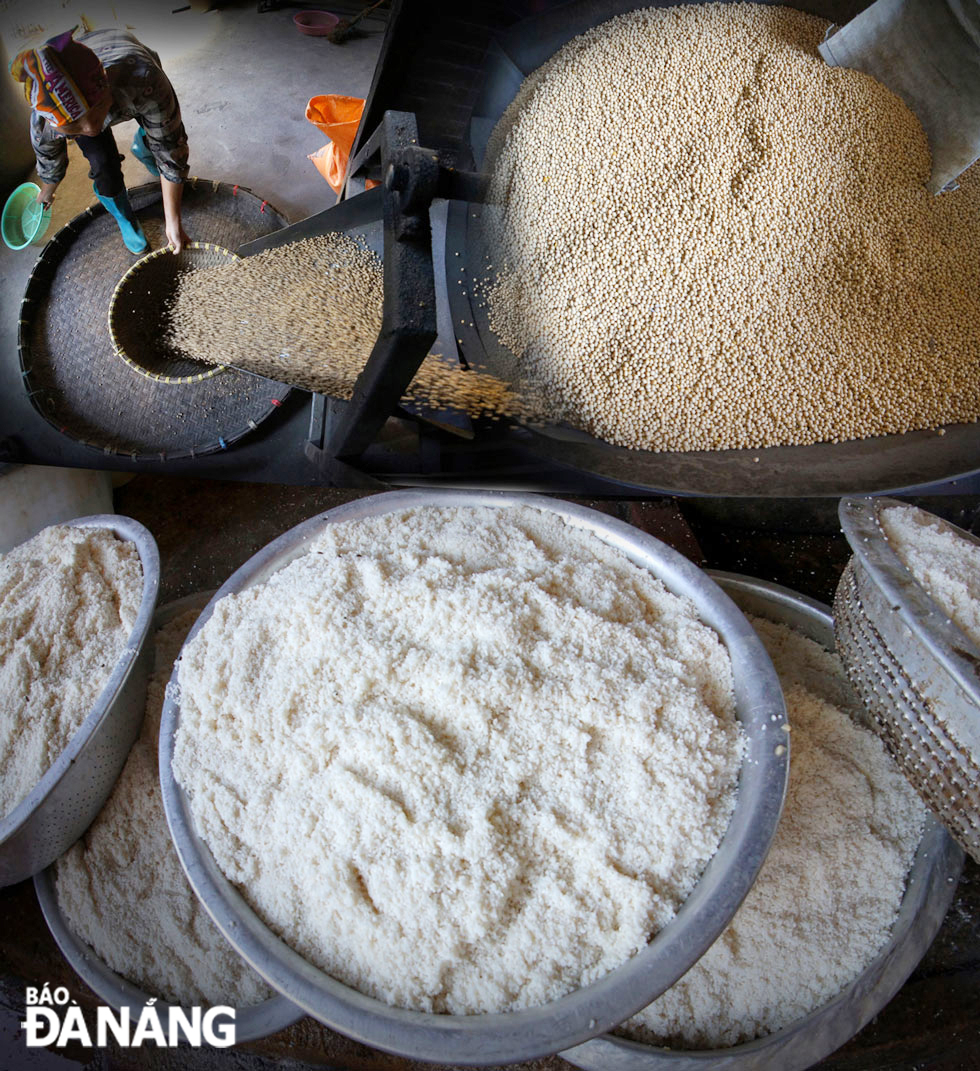 |
| The main ingredients of the sauce are glutinous rice and soybeans |
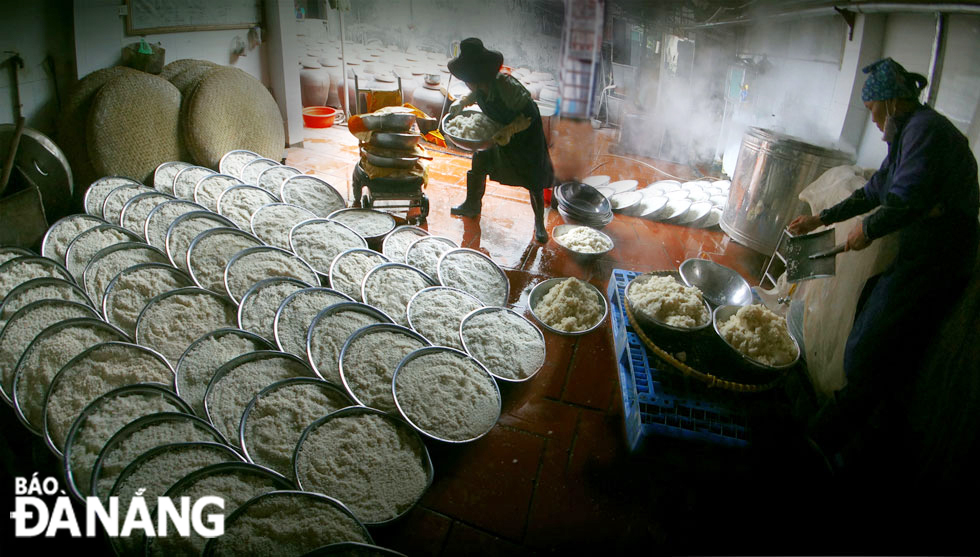 |
| Steamed glutinous rice |
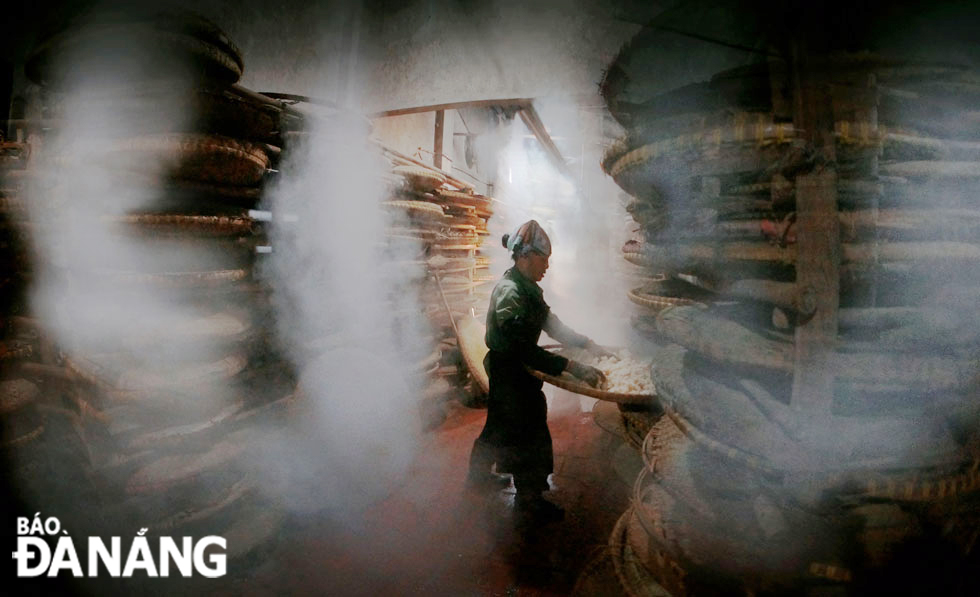 |
| An area for fermenting steamed glutinous rice |
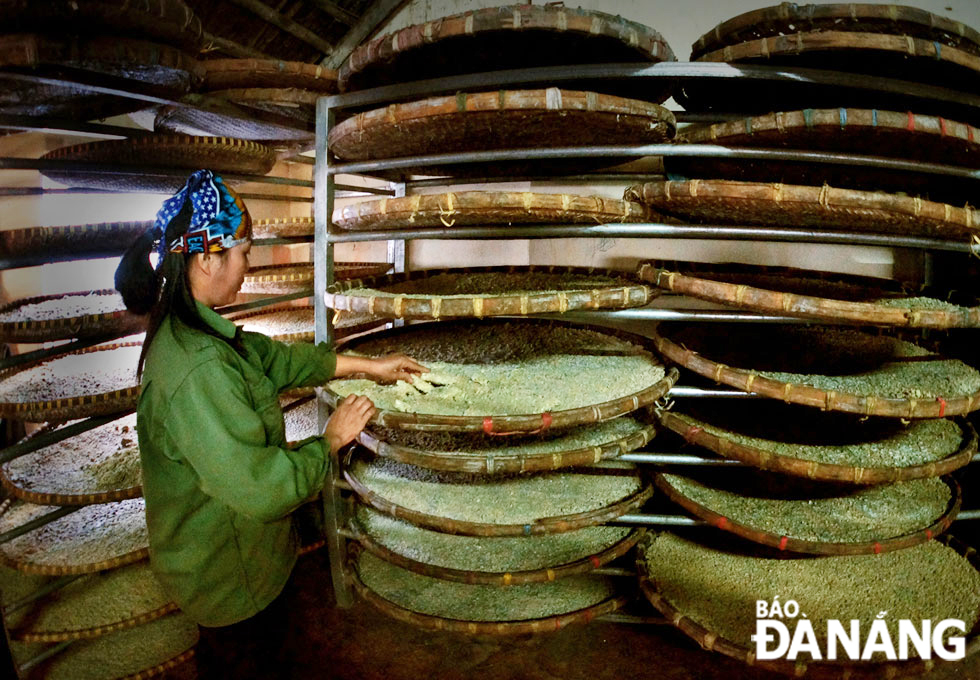 |
| Glutinous rice has been fermented |
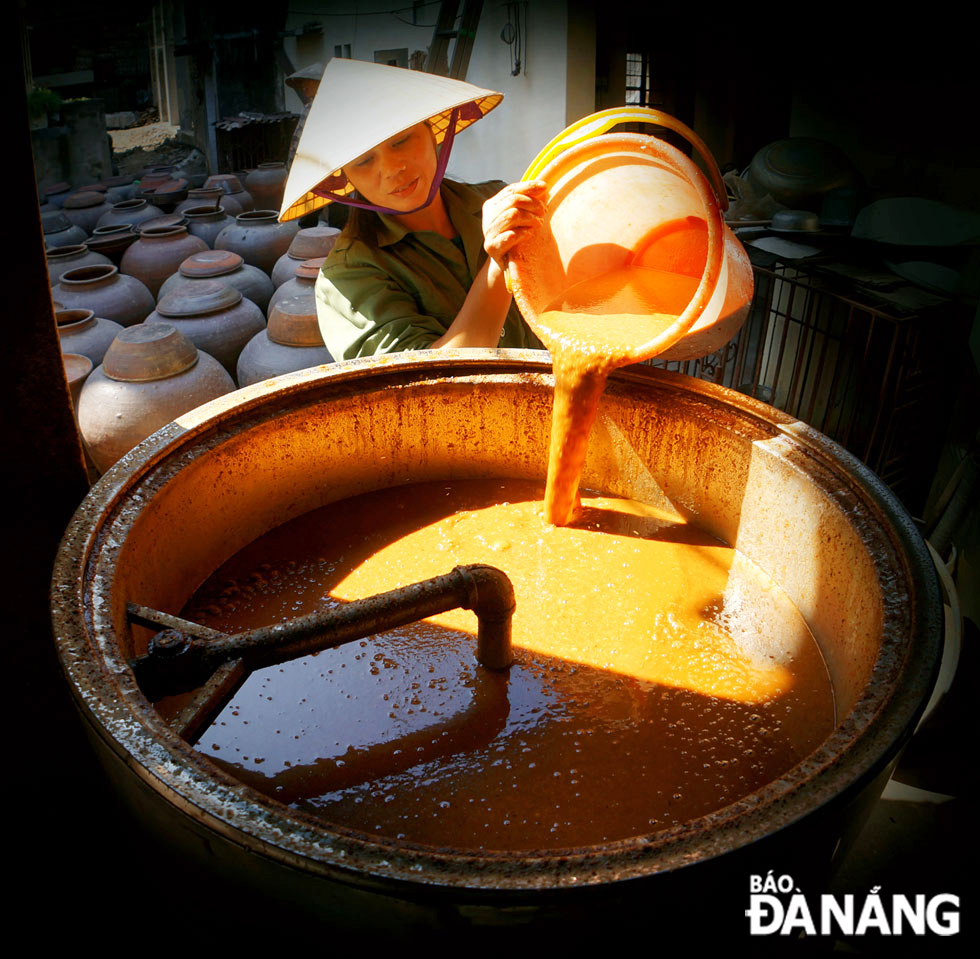 |
| The fermented rice is then mixed with soybeans, salt and water. The mixture is poured into earthen or ceramic jars, which are covered tightly and dried in the sun for two to three months. |
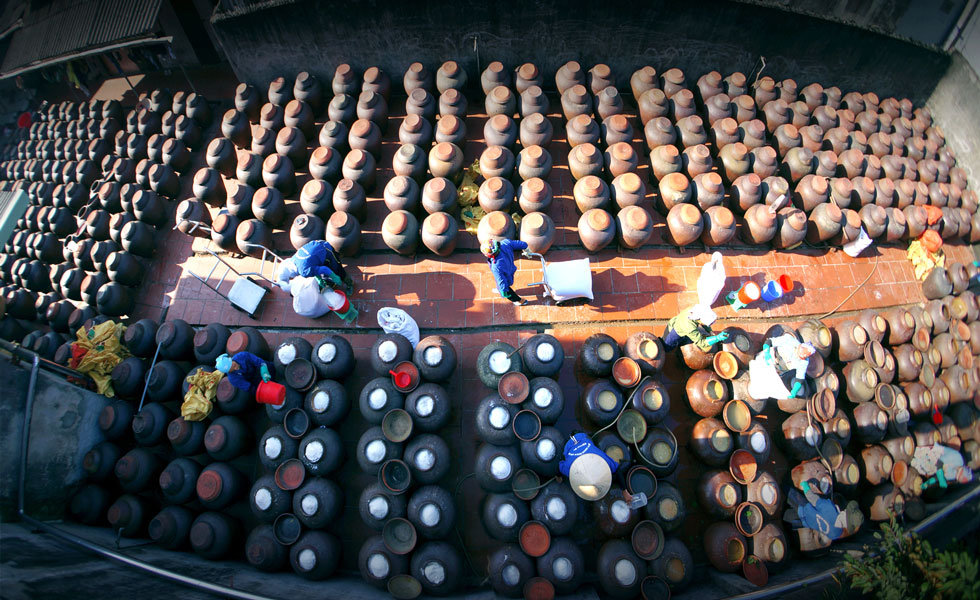 |
| During the drying period, makers must stir the mixture every morning and noon, but only for a minute. |
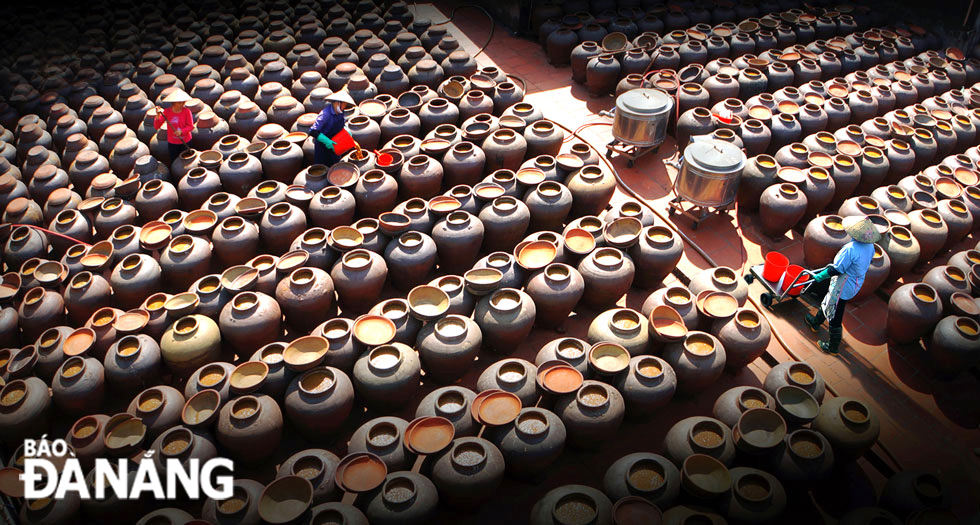 |
| Sunlight heats up the jars, contributing to advancing the speed of the process. The sunnier it is, the quicker the process is completed. |
 |
| Bottles of Ban soy sauce on sale |
Reporting by DNO - Translating by M.DUNG
.










